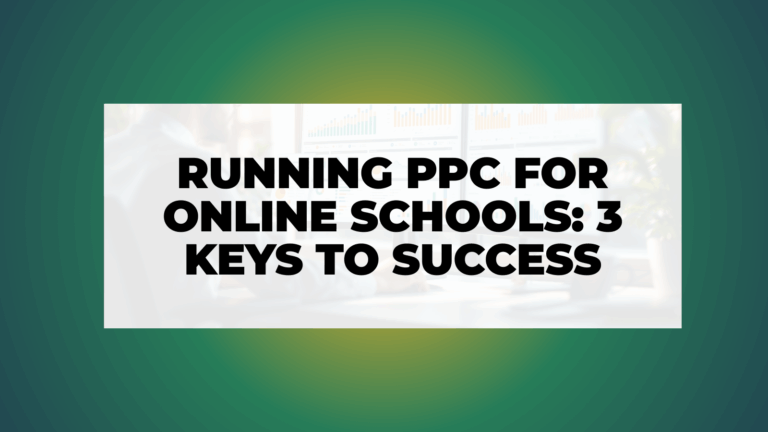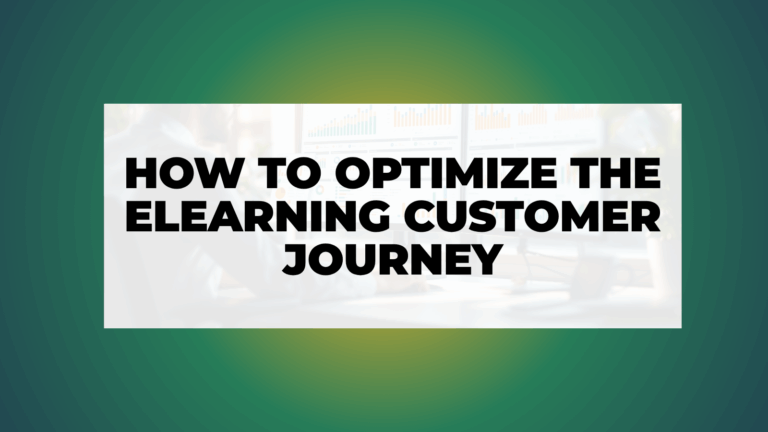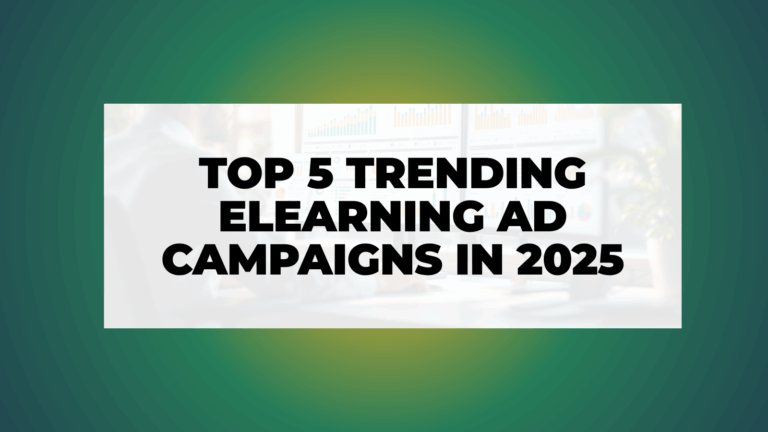How can eLearning businesses optimize their customer journey to boost enrollment rates and improve student retention in a competitive 2025 market?
n the fast-evolving eLearning landscape, where the global LMS market is projected to grow at a 19.7% CAGR from $28.46 billion in 2024 to over $169 billion by 2034 , optimizing the learner lifecycle isn’t optional—it’s essential for survival. As decision-makers at eLearning platforms, you’re not just selling courses; you’re crafting seamless conversion funnels that turn casual browsers into loyal advocates. This guide draws on real data and best practices to help you map touchpoints, reduce friction, and personalize at scale, ultimately driving measurable ROI.
At nn.partners, our marketing agency has helped eLearning clients like online certification providers increase enrollment conversions by 25% through targeted journey audits—proving that small, data-backed tweaks in the awareness-to-advocacy funnel can yield big wins. Check out our case study on tripling enrollments for a CA school for a real-world example.
Why Customer Journey Optimization is Critical for eLearning Growth
Generic platforms lose out in a market where 75% of students feel more engaged in personalized learning environments compared to 30% in traditional settings . Journey optimization shifts focus from product features to the full student path: awareness via targeted ads, consideration through value demos, enrollment with frictionless checkouts, onboarding for quick wins, engagement via adaptive content, and advocacy for referrals.
Data shows eLearning can boost retention by up to 60% with optimized paths —drain marketing budgets. True optimization uses behavioral analytics to create intuitive touchpoint orchestration, turning potential friction into loyalty builders. Learn how we apply this in our conversion tracking checklist for eLearning providers.
Mapping the eLearning Learner Lifecycle: Key Stages and Goals
Visualize the learner lifecycle as a multi-channel funnel, from first ad impression to post-course upsell. Use tools like Google Analytics or Hotjar for heatmaps and session recordings to uncover hidden drop-offs.
Here’s a streamlined table of core stages, with optimization goals and 2025 trends:
This roadmap highlights opportunities: For instance, if analytics show 70% scroll abandonment on pricing pages, simplify with a “most popular” badge. Dive deeper with our proven Google Ads strategies for eLearning providers.
Identifying and Eliminating Friction in the Conversion Funnel
Friction kills conversions—think confusing navigation or slow load times leading to 25-90% dropout rates. Become a “friction detective” using qualitative tools:
- Heatmaps: Reveal where users hover without clicking, e.g., non-interactive course previews.
- Session Recordings: Watch anonymized videos of users struggling with mobile enrollment, prompting fixes like one-click payments.
We recommend using Microsoft clarity for that purpose as it provides in-depth insights for free.
Actionable fixes: If data shows onboarding drop-offs, implement best practices like progress-based emails. Expedia’s similar optimizations cut complaints by 15%—imagine that for your course completions. nn.partners’ audits often uncover these, leading to 20% operational cost reductions for clients, as seen in our scaling PPC guide.
Personalizing at Scale: Adaptive Learning Paths and Retention Strategies
Go beyond basics: True personalization uses AI to adapt content, boosting engagement. In 2025, AI transforms learning by predicting paths and reducing cognitive overload, improving retention by 67% .
Practical tactics:
- Progress Nudges: Auto-email stalled learners after 7 days, re-engaging up to 45% .
- Goal Recommendations: Suggest “Intermediate Python” post-basics, based on behavior.
- Struggle Triggers: Offer tutorials after quiz fails, using LMS like Absorb for customized paths.
Leverage CRM in education for segmentation—tailor to skills/goals. Trends show personalized training increases engagement, with 92% of workers reporting positive impacts . Explore our top 5 trending eLearning ad campaigns in 2025 for inspiration.
Measuring Success: KPIs and Iterative Testing for Continuous Refinement
Optimization is iterative. Track these KPIs across the funnel:
- Awareness: Unique visitors (aim for 20% growth via SEO).
- Enrollment: Conversion rate (target 10-15% uplift).
- Engagement: Completion rate (80%+ with personalization).
- Advocacy: NPS (above 50 for referral potential).
Run A/B tests: Hypothesis—”Adding payment plans boosts enrollments by 15%”—then analyze with tools like Google Analytics. Wins compound: Organizations using journey analytics see 10-15% satisfaction gains .
FAQs for eLearning Decision-Makers
What’s the difference between UX and journey optimization? UX focuses on single touchpoints (e.g., dashboard usability); journey optimization orchestrates the end-to-end funnel for holistic retention.
How long for results? Quick wins (e.g., checkout fixes) in days; deeper gains (e.g., LTV) in 3-6 months.
Best first steps for small teams? Map the enrollment funnel and interview 5 recent students for pain points—low effort, high impact.
Ready to transform your eLearning marketing? At nn.partners, we specialize in journey audits that align ads with student paths, delivering predictable growth. Contact us to reclaim your time and scale enrollments—let’s chat about your strategy.



